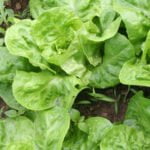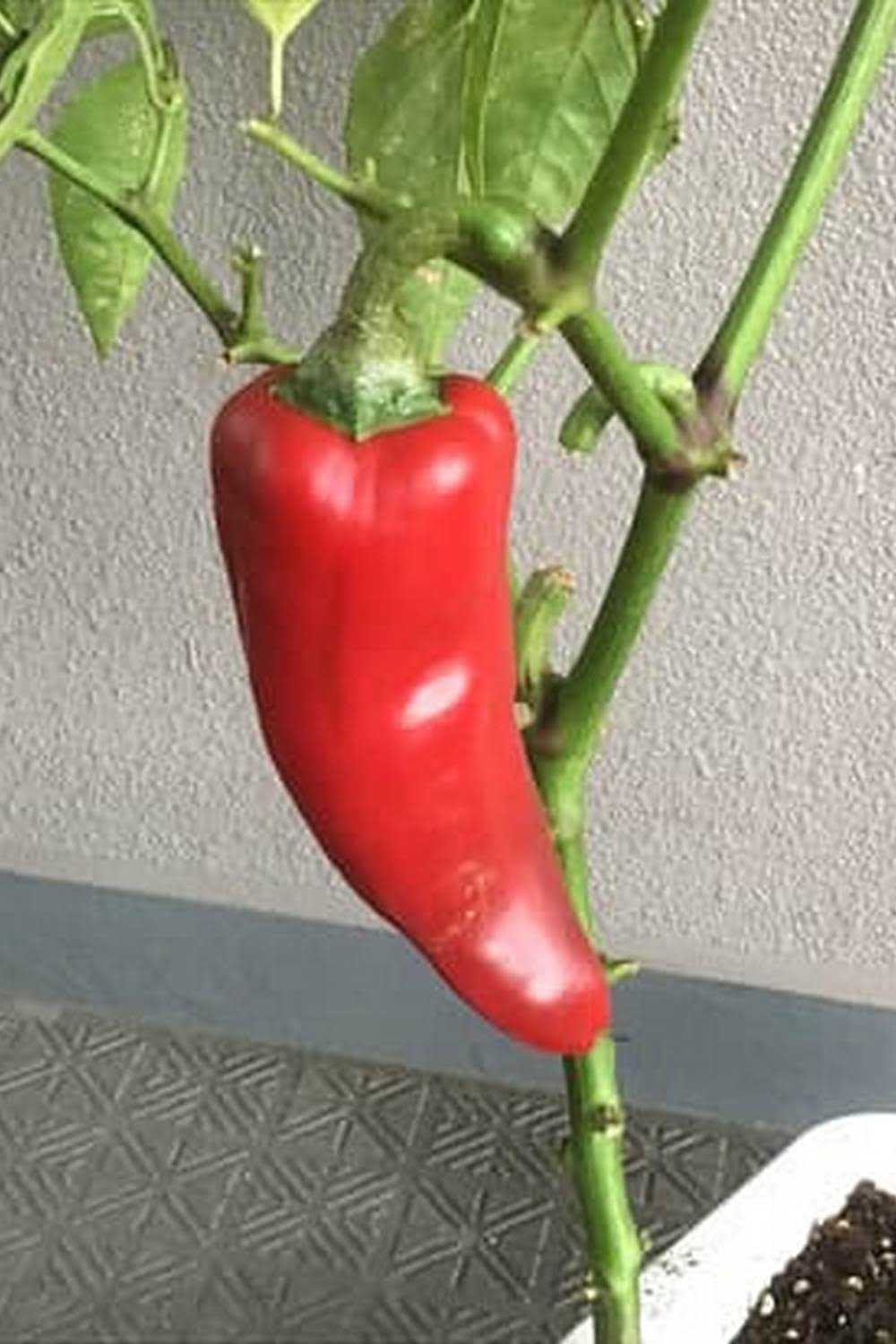Introduction
The Amish garden vegetable tradition is an ancient practice, beginning with the original settlers of America who came from Europe in the 1700s. The first generations of Amish families grew vegetables in gardens to sustain their growing populations, and over time they developed a gardening style and methods that have been passed down through the generations to this day. The garden vegetable tradition continues to be a crucial part of Amish culture and is deeply embedded into their culture and lifestyle.
This traditional method of gardening emphasizes the use of natural, homegrown ingredients with minimal chemical inputs on land that has been tended for many years. It involves planting both edible and decorative plants side by side in rows or beds to successfully produce enough food for all members of the family throughout the year. This type of gardening utilizes unique heirloom varieties which are often found only amongst Amish communities, as well as incorporating various techniques such as companion planting, crop rotation and using organic fertilizers or mulches in order to bring out the best flavor in each crop. The harvest from these gardens provides a variety of wholesome produce not only for sustenance but also for trading or selling goods at local markets. Overall, the success of these traditional gardens relies on hard work, self-sufficiency, respect for land sustainability, and a commitment to passing down knowledge across each generation, helping preserve a way of life that has been cherished for centuries.
Popular Varieties of Amish Garden Vegetables
The Amish people are known for their traditional methods of self-sufficiency, which includes growing and harvesting their own garden vegetables. While the specific varieties of vegetables grown in an Amish garden vary from family to family, some popular varieties include tomatoes, corn, cucumbers, squash, and beans. Tomatoes grown in an Amish garden may range from standard varieties such as Roma, Beefsteak, or German Johnson to heirloom varieties like Old German or Mortgage Lifter. For corn, sweet yellow or white variety is commonly grown as well as popcorn and dent corn for grinding into meal. Cucumbers are often used for making fermentation pickles. Squash options that thrive in an Amish garden environment include zucchini, pumpkins, delicata squash, butternut squash and acorn squash. Common bean varieties include black beans and bush beans like Blue Lake Bush Beans or they may opt to grow pole beans like Kentucky Wonder pole beans. Many of amish gardens also contain edible greens such as lettuce and spinach.
Ways to Enjoy the Flavor Profile of Amish Garden Vegetables
The flavor profile of Amish Garden Vegetables is unique, and there are many ways to enjoy it. One way to take advantage of the flavors is by tossing some into a garden salad. The freshness and flavor of the vegetables pair perfectly with leafy green lettuces and other favorite salad mix-ins. Another option is to whip up an easy stir-fry using thin strips of beef, Amish Garden Veggies, and your favorite fragrant herbs, then served over freshly cooked rice or quinoa. If you want something a bit more comforting, try making a classic vegetable soup with Amish Garden Veggies as the base ingredient – just add potatoes, onions, garlic, carrots and stock for a meal that’s sure to satisfy all appetites! Finally, if you are feeling adventurous in the kitchen, why not give pickling a go? Simply combine cubed Amish Garden Veggies with your favorite spices in a mason jar for easy vinegary snacks that will keep in the fridge for quite some time.
Exploring the Nutritional Benefits of Amish Garden Vegetables
Amish garden vegetables are known for their superior quality and flavor. Nutritional benefits make them a particularly attractive choice when it comes to eating healthy. These vegetables provide essential nutrients such as vitamins A, C, and K, and minerals like magnesium, potassium, calcium, and iron. Vitamins A and C help maintain good eyesight while promoting healthy skin and hair growth. Vitamin K helps keep bones strong while aiding in proper blood clotting. Magnesium helps facilitate energy production and bone health while potassium helps with maintaining healthy fluid balance in the body. Calcium helps maintain healthy teeth and gums while iron plays a vital role in red blood cell production. In addition to these essential nutrients, Amish garden vegetables contain various fibers which aid digestion and promote balanced blood sugar levels. They also contain antioxidants which work to neutralize free radicals that can cause cellular damage. All of these nutrients combined create an incredibly nutritious experience — one that can improve overall health in many ways if consumed regularly as part of a balanced diet.
Creative Recipes for Cooking with Amish Garden Vegetables
Cooking with Amish garden vegetables is an incredibly satisfying experience – from selecting the freshest veggies from the local farmer’s market ,to preparing wholesome dinner dishes for the family. With a variety of recipes available, you can cook with several of the classic favorites like cucumbers, potatoes, squash, carrots and beans. Make a side dish with sautéed summer squash, sweet potatoes and onions. Or perhaps you’d like to whip up a creamy potato soup filled with diced tomatoes, carrots and celery. Don’t forget about the classic green bean casserole that is perfect for gatherings or holiday meals! There are also plenty of salads that you can make to enjoy during warmer weather months – try marinating cucumbers overnight in garlic-infused olive oil and finish them off by adding fresh dill. For something more unique, why not try roasting root vegetables with herbs and spices? You can serve them up as a delicious side dish for dinner or make a bright salad featuring boiled beets and accompanying vinaigrette dressing. With so many possibilities to explore, incorporate these Amish garden vegetables in your next meal – it’s sure to be a hit!
Secrets to a Successful Amish Garden Vegetable Garden
One of the main secrets to having a successful Amish Garden Vegetable Garden is to use liquid fertilizer. Liquid fertilizer helps provide your plants with an adequate amount of nutrients, and gives them the boost they need to thrive. Also, ensure your soil is well aerated. Aeration improves the overall health of the soil by promoting better root development and allows water and nutrients to be more effectively absorbed by plants. Additionally, be sure that your garden has good drainage; standing water can cause root problems, rotting, or other fungal issues in vegetables. A final tip is to plant early and stagger planting dates; this will extend your harvest season and provide you with fresh vegetables over a longer period of time. Finally, mulch around each vegetable with grass clippings or straw to help keep moisture in and weeds out!
Conclusion
The Amish have been growing vegetables for generations and the tradition still continues today. Their methods offer farmers a way to grow with compassion, without the use of harsh chemicals or invasive techniques. This preserves their nutrients while allowing farmers to generate high yields of large and tasty fruits and vegetables.
The benefits of Amish garden vegetables go beyond just their nutritional quality. Eating locally produced food ensures that those crops are free of corporations’ often-unethical farming operations, which use destructive techniques like monocropping, water pollution, and labor exploitation. Furthermore, buying directly from local farmers encourages regional economic growth in rural communities as consumers reinvest directly in these communities rather than sending money out to corporate structures. Additionally, eating seasonal produce helps support sustainable agricultural practices that protect the environment by conserving resources like water and energy, creating less waste thanks to the absence of packaging materials. Although more expensive than their grocery store counterparts, purchasing organic foods direct from small producers will provide you with fresher fruit and vegetables that can be consumed with peace of mind knowing that you have contributed positively towards keeping nature balanced.
In conclusion, Amish garden vegetables offer a plethora of benefits to both people and the environment alike. They are nutritionally dense, sourced from local farms without resorting to corporate mass production techniques, grown sustainably using natural processes such as crop rotation for healthier soil and less environmental damage, plus contain fewer preservatives due to shorter haul transportation distances that make them last much longer than supermarket produce when placed in refrigerators or freezers at home. Market-friendly prices also ensure affordability for a wide range of customers which is important in making healthy food choices accessible to everyone. Ultimately, these factors combine together to create an ideal solution that allows consumers to support their regional economy while enjoying nutritious meals at home with no compromises on flavor or nutrition value whatsoever!

If you’re looking to get into vegetable gardening, or are just looking for some tips on how to make your current garden better, then you’ve come to the right place! My name is Ethel and I have been gardening for years. In this blog, I’m going to share with you some of my best tips on how to create a successful vegetable garden.





